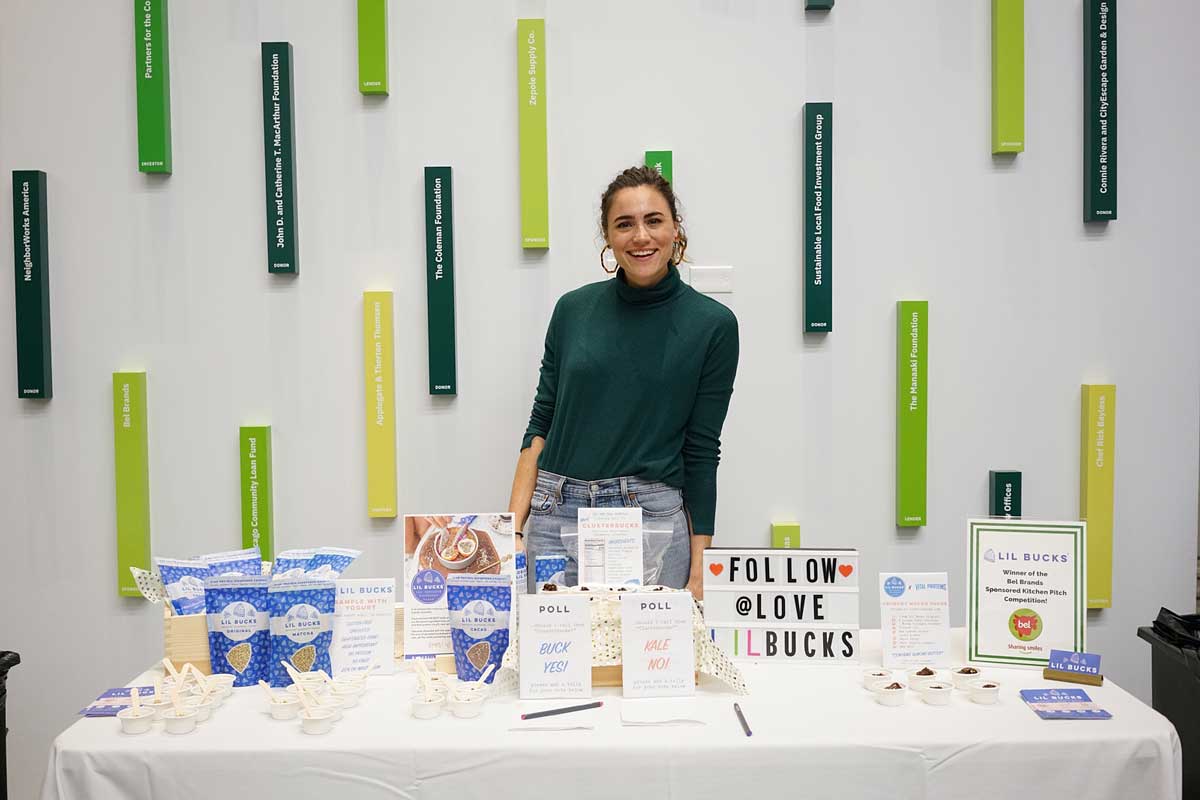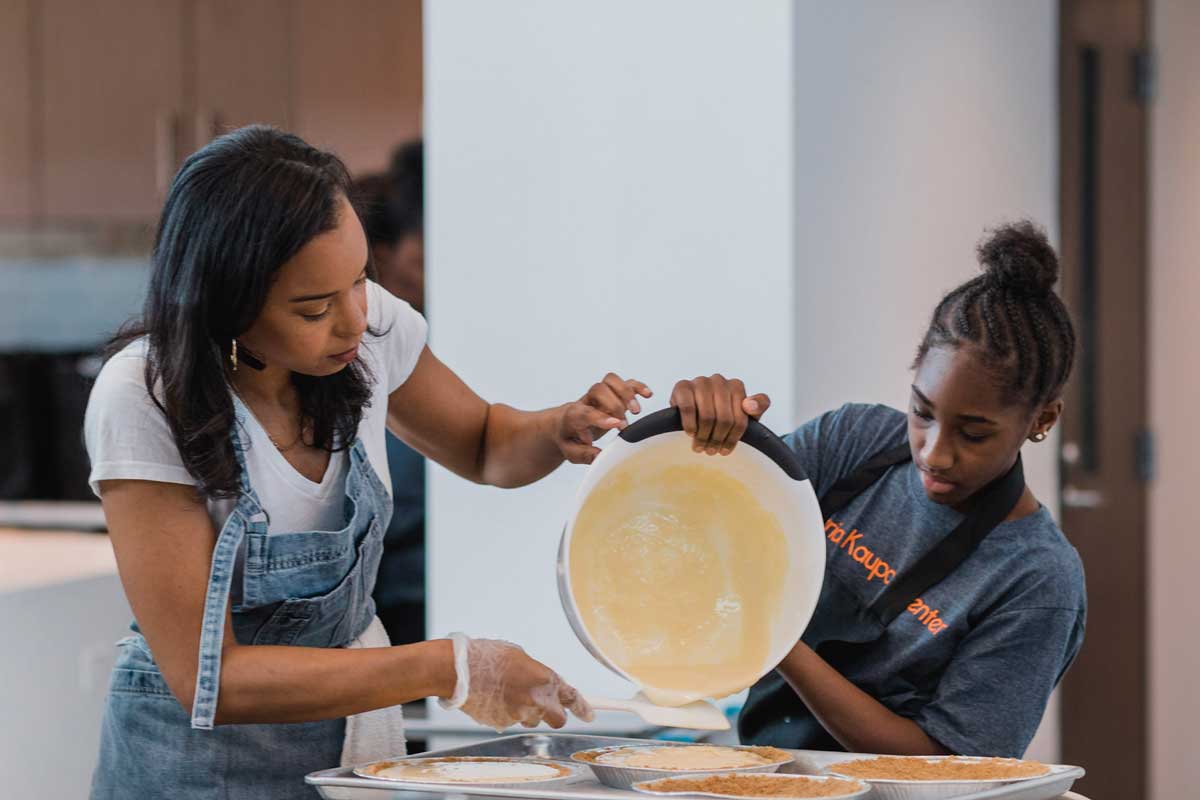In the grocery store, consumers arrive at shelves filled with a multitude of products and decide to try something new rather than traditional. Some of them even shop at unconventional brick-and-mortars because they know the uncommon products will be there, and others search online sites that offer even more niche products to satisfy their needs.
During the NextGenBaker Global Leadership Forum at the 2019 International Baking Industry Exposition, Cyrille Filott, a global strategist for consumer foods at Rabobank, noted that big brands in two-thirds of all food categories are losing share to the smaller ones, including start-ups. Particularly in the baking and snack industries, new brands are moving up quickly.
This begs the question: What are start-ups doing differently, or better, to find success in the industry?
Some might infer that circumstances have paved the way for these companies. Amazon, Google and social media weren’t always around to increase product visibility.
“Start-ups are able to get in front of customers faster than ever before,” said Natalie Shmulik, chief executive officer, The Hatchery Chicago, a nonprofit incubator that supports food and beverage entrepreneurs. “Access through digital sources, including Facebook and Instagram and information-sharing online has spurred more interest around what we eat and led to adventurous eating.”
Maybe it’s a consumer inclination to side with the underdogs.

“Start-ups have risen up in pop culture,” said Jim Stengel, previous global marketing officer at Procter & Gamble and now president and c.e.o. of The Jim Stengel Co., a consulting firm and think tank, and host of The CMO Podcast. “Who are the heroes today? Certainly not the big companies.”
Could it be that legacy brands have stalled in growth or that consumer needs have changed and aren’t being met?
Whether consumer interest is a result of some of these circumstantial reasons, or all of them, there are also some tactical advantages at play that have given start-ups the extra boost.
Just do it — with speed
A start-up selling a bakery item or snack begins on a small scale. Not only are the founders making cookies or snack bars in their kitchen, but the teams also usually consist of only a few people. Communication and ideas flow freely, and without a corporate umbrella, the sky is the limit for what ideas they can try.
When it comes to the big businesses, there are policies and procedures that can slow down innovation, though they have many teams in place to experiment with new products and flavors. One idea could be analyzed by a handful to a roomful of people before it is implemented.
“Legacy brands have done many things incredibly well and have immense innovation in house,” Ms. Shmulik said. “The challenge is letting these innovative ideas come to the surface and flourish. There are many restrictions within legacy brand structures, which make it difficult to create an environment where team members can comfortably test ideas.”
“There’s a magnetism to start-up brands that a lot of legacy brands don’t have. Consumers want to see what’s behind a business and a brand more than ever.”
Jim Stengel, The Jim Stengel Co.
In 2017, Mr. Stengel published Unleashing the Innovators: How Mature Companies Find New Life with Startups. In this book, he featured information from 100 start-ups and 100 legacy companies that had recently partnered. When start-ups were surveyed about the top sources of frustration when working with legacy brands, 50% said the speed of decision making, or agility. The second most frustrating aspect was the resistance to change and the rules and policies in place that prevented innovation from happening.
“This is what legacy companies can learn from start-up brands,” Mr. Stengel said. “They need to ask: ‘How do start-ups make decisions? Who makes the decisions? Why are they faster?’”
While quicker product innovation can get a legacy brand on the consumers’ radar, another way that start-ups are getting attention is by showcasing their non-traditional products in new shopping spaces. Ms. Shmulik said these include fitness centers, c-stores, pop-up retails and festivals. Consumers’ purchasing habits have changed, and they often shop these alternative channels, so disruptive products are noticed there.
Up close and personal
If there’s one thing start-up brands do well, it’s being consumer-centric. They get personal, which allows them to be remembered, receive detailed feedback and garner a greater awareness of where their category is headed.
“There’s a magnetism to start-up brands that a lot of legacy brands don’t have,” Mr. Stengel said. “Consumers want to see what’s behind a business and a brand more than ever.”
One way to make a connection with purchasers is having a personality, or a voice, especially on social media. This is an area in which startups are ahead of the game. Some brands have a sassy approach, others have an informational tone and still others get noticed for their humor.
Take Los Angeles-based PeaTos; it has a voice that’s unashamed of its exaggerated photos, use of memes and playful responses. This tone matches its message that PeaTos is a “junk food” made from peas, a healthy alternative. On the other hand, a well-rooted company, Wendy’s, Dublin, Ohio, caught on to the importance of personality a few years ago. It won the interest of consumers on social media for its sass and ability to start playful fights with people commenting on its Twitter feed.
Consumers recognize personality, but more importantly, they remember a story. And start-ups almost always have both to share.
“Entrepreneurs are expressing off-the-chart interest in developing new snack ideas and creating snack brands designed to fill perceived voids in the marketplace,” said Rob Sarlls, president and c.e.o., Wyandot Snacks, Marion, Ohio. “They are typically passionate about a certain product attribute or base ingredient. But having a great idea or a slick brand depiction is not enough to succeed. Consumers are looking for authenticity and to connect with a strong founder story and a purpose. When it’s fake, they know it. If it is there and it’s genuine, then it can be very powerful.”
A company’s story can be its connection to its product. New York-based The Safe + Fair Co., an allergen-free snack brand, came about because founders Dave Leyrer and Pete Najarian and chairman Gereth Asten had children with food allergies. They understood there was a hole in the market and knew, as a consumer, what was needed to fill it.

“Start-ups are very closely connected to their consumers and are typically consumers of their own products,” Ms. Shmulik said. “This allows them to rapidly test and prototype as well as better understand growing interest in health-oriented foods and unique snacking desires. They are able to connect with their consumer on a deeper level through sampling, demos, event engagement and heeding the feedback they receive.”
Additionally, storytelling also pertains to the message that’s being sent to consumers. What does a company stand for? Perhaps it’s sustainability, an emphasis on better-for-you or a desire to give parents a break with a healthy snack for kids.
Stacy Madison, founder of Stacy’s Pita Chip Co., which was eventually acquired by Purchase, NY-based PepsiCo, launched BeBOLD Energy Bars earlier this year. While the snack incorporates a variety of trending qualities plant protein, no gluten or dairy, 18 grams of whole grain, and refrigerated or frozen to maintain freshness it also sends consumers an inspiring message by asking them the question: “What’s your bold?” Consumers can submit their stories, and BeBold highlights these courageous tales on its Facebook page.
San Francisco-based Regrained is becoming a well-known name due to its purpose of fighting food waste through upcycled ingredients. It harvests the leftover grains from the beer-brewing process and transforms them into Supergrain+, which is the core ingredient of its snack bars.
More and more new brands have a purpose, and it’s become evident to consumers.
“The consuming public increasingly wants to connect with what they buy,” Mr. Sarlls said. “They want their values represented and mirrored. They want to see the brand stand for something, whether it is helping farmers or contributing to Feeding America for every bag bought. The newer brands are phenomenal at doing this. It helps their consuming base identify better with the brand and creates more and lasting loyalty.”
Consumers still enjoy traditional brands, but growth requires product disruption, agility and a purpose that people can relate to and trust. And although legacy companies have been around the block a few times, they just might be able to learn from start-ups coming around for the first time.




